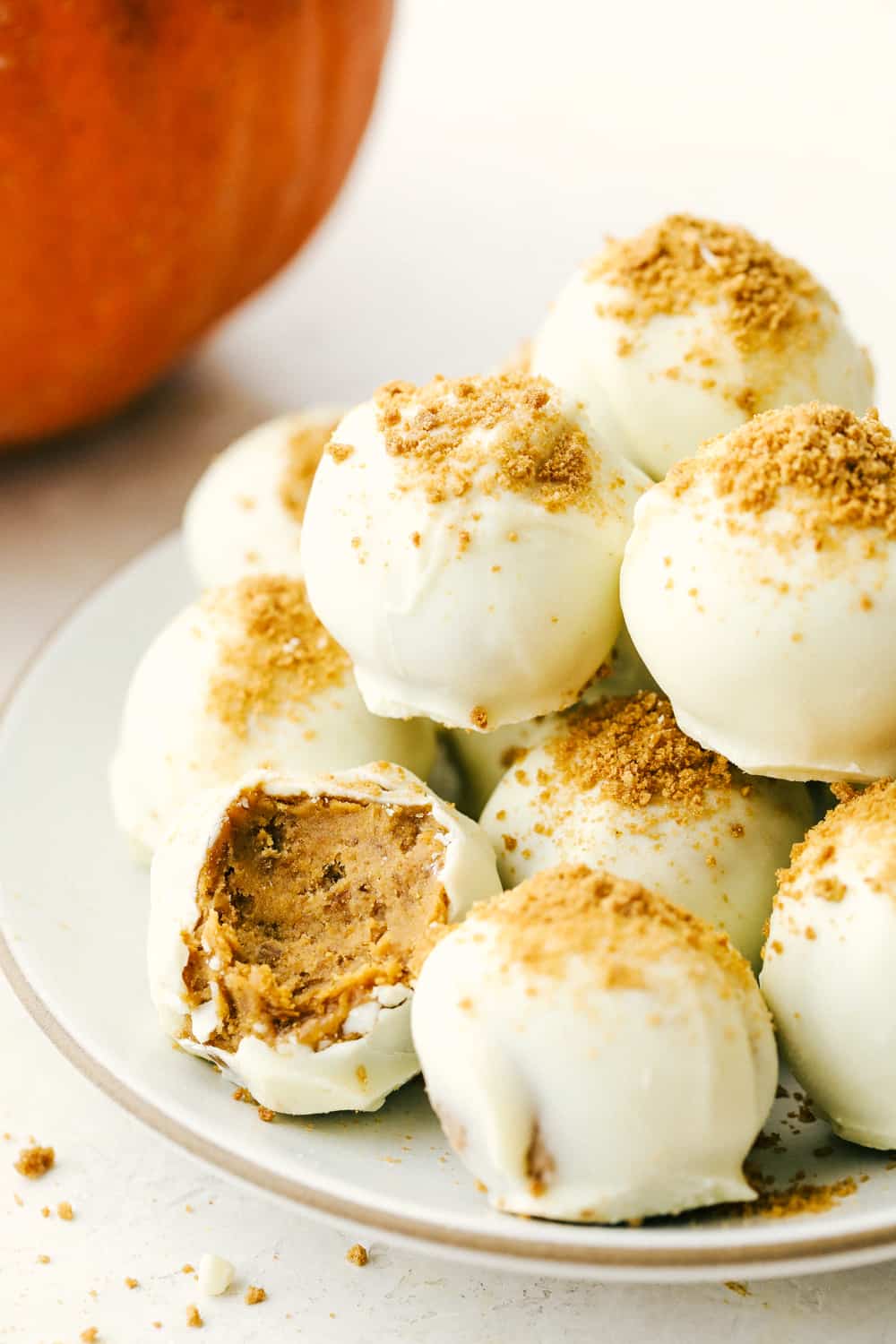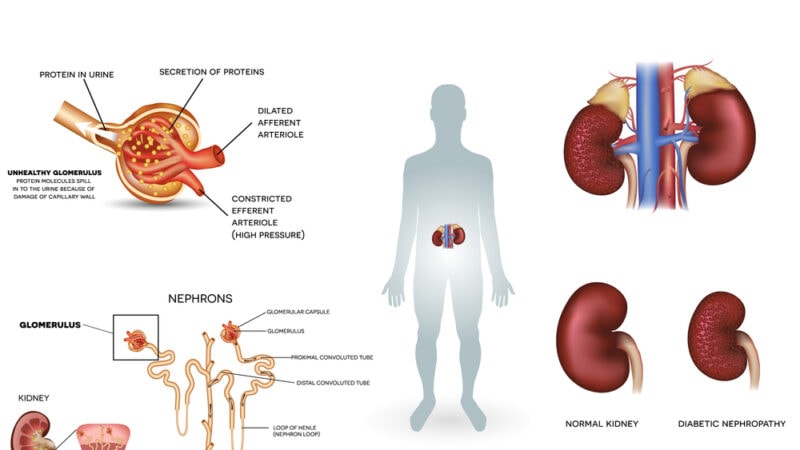- Can One Have Too Much Pumpkin In Their Diet Benefits
- Can One Have Too Much Pumpkin In Their Diet Pills
- Can One Have Too Much Pumpkin In Their Diet Lose
- Can One Have Too Much Pumpkin In Their Diet Coke
Pumpkin ranks high on the glycemic index, or GI, which suggests that the carbohydrates in this nutrient-rich vegetable could cause a marked increase in your blood sugar. You can mix this in with your dog’s food or offer it on a separate plan. Its an easy to digest, low-fat supplement that can help firm up the stool. Canned pumpkin is also a good source of Vitamin E, Magnesium, Phosphorus and Potassium as well as of dietary fiber.

One thing to be careful of is not to eat too much pumpkin - though rare, vitamin A toxicity is possible. Symptoms of vitamin A toxicity include, but are not limited to, blurry vision, swelling of the bones, bone pain, poor appetite, dizziness, nausea and vomiting, sensitivity to sunlight, dry skin, itchy skin, and confusion. How much iron should you have a day? You need about 18 mg of iron a day especially if you are a woman. Red seal tablets are 9mg each so take two:) Eat spinach, chicken and pumpkin seeds.
I hear from owners (and vets) all the time that they’ve added pumpkin to their dog or cat’s diet to increase the fiber. Dog and cats don’t require any fiber in their diet but it can help animals with a variety of issues from diarrhea, constipation, diabetes, high fat levels in the blood, or to help an overweight pet feel more full. Often, pumpkin is recommended as a way to add fiber to the diet. Typically, I see people giving anywhere from ¼ teaspoon to 2 tablespoons of pumpkin at meals to increase a pet’s fiber intake. Unfortunately, this may not help and, in some cases, may cause problems.
If you wanted to give the same amounts to your pet that is found in one popular high fiber therapeutic diet, you’d need to feed more than more than 2 ½ cups of pumpkin per day to a cat and nearly 12 cups/day to a medium-sized dog!
And the miniscule amount of fiber you get in pumpkin doesn’t address the issue of fiber type. There are 2 main types of fiber in foods: soluble fiber and insoluble fiber. Soluble and insoluble fiber have different effects in the gastrointestinal tract and throughout the body. The total amount of fiber in the food is “total dietary fiber,” which is what you find on human food labels. The amount of fiber is required on all pet food labels in the guaranteed analysis section. But the guaranteed analysis only gives “crude fiber,” not “total dietary fiber.” The distinction is only in how the different kinds of fiber are measured. Crude fiber is, in fact, very crude – it only includes the insoluble fiber in the food. Depending on the type of pet food, it could have much more total fiber than the amount listed on the label, especially if that food contains primarily soluble forms of fiber. Therefore, even if 2 pet foods say they have the same amount of fiber on the label, the amounts and types could be very different. Pumpkin is a mixture of soluble and insoluble fiber, so even if you gave enough pumpkin to a cat to equal that found in a therapeutic diet, it may not be the right type of fiber.
Can One Have Too Much Pumpkin In Their Diet Benefits
The amount and type of fiber in pumpkin usually limit its effectiveness as a fiber source. But pumpkin also can contain ingredients that undermine a pet’s health. While canned pumpkin is only 83 calories per cup, canned pumpkin pie mix is up to 281 calories per cup due to added sugar, which can help to pack on the pounds. Too many calories from pumpkin (anything more than 10% of total calorie intake) can unbalance your pet’s diet. And canned pumpkin without salt contains only 12 milligrams of sodium per cup, but some canned pumpkin brands with salt contain nearly 600 milligrams of sodium per cup! That would be way too much sodium for a dog or cat with heart or kidney disease. Finally, pet food manufacturers don’t take this extra fiber you’re adding into account, so it may decrease how much protein and other nutrients your pet can absorb from their food, putting them at risk for deficiencies.
So, what’s a better way to add fiber to your dog or cat’s diet? Talk to your veterinarian. She can prescribe a therapeutic diet that contains increased amounts of specific types of fiber – soluble, insoluble, or a mixture of the 2, depending on your pet’s individual needs. Or, fiber supplements can be added to your pet’s food in the form of purified cellulose or wheat bran (for insoluble fiber), various over-the-counter human fiber supplements, such as inulin (for soluble fiber), or supplements that contain a mixture of both (such as psyllium). Again, it’s important to work with your veterinarian or a board-certified veterinary nutritionist to determine the specific type and amount of fiber to add to your pet’s food.
Lisa M Freeman, DVM, PhD, DACVN
Want to read more information on feeding your pet?
Subscribe to always know when we add new material!
Research Review: Comparing “senior” and “adult” cat diets
January 18, 2021
Can cats eat pumpkin? This is a question usually tossed around by pet lovers online, and not just during the Halloween season. This only proves that there are a lot of cats who have shown a predilection to this human food.
So should you let your cat eat pumpkin? The answer is yes. In fact, it is safe to be incorporated in their daily diet. It is also a very effective treatment for constipation and diarrhea in felines.
In fact, if you read the label of a canned pet food, there’s a good chance you will see pumpkin as one of the ingredients.
Benefits of feeding cats with pumpkin

Plain, unflavored and cooked pumpkin presents a number of health benefits to felines. For one, it is rich in fiber which is very good for a cat’s digestive system. Did you know that pumpkin has up to five grams of fiber per every cup of serving?
Can One Have Too Much Pumpkin In Their Diet Pills
Fiber is particularly good for cats as it:
- Prevents constipation. Fiber acts as a laxative or a substance that loosens the stool. It can promote regular bowel movement in cats.
- Treats diarrhea. The soluble fiber in pumpkin can absorb extra water in the digestive tract. This can relieve diarrhea in cats. For both diarrhea and constipation, a ½ teaspoon of pumpkin should be good enough to treat a sick cat. You should see an improvement in your cat’s condition within a couple of hours.
- Promotes weight control. Fiber is low in calorie, but promotes satiety in cats. Thus cats can feel full faster if they are given this food.
- Treats hairball in cats. Regular bowel movements can push swallowed hair out of the cat’s body.
Aside from being rich in fiber, pumpkin is also packed in nutrients such as Vitamin A which promotes good vision.
Pumpkin is also rich in Vitamin C. One cup of pumpkin has around 11mg of the substance known for promoting a well-functioning immune system.
How much pumpkin should you feed your cat?
Because of the health benefits of pumpkin to cats, it can be very tempting for cat parents to give too much of this fruit to their pets. But it is advisable to limit the portions so as to maximize its health benefits.
Can One Have Too Much Pumpkin In Their Diet Lose
You can start feeding an adult cat with ½ teaspoon of pumpkin daily. You can then increase this to a teaspoon after a week or so.
If you are to give pumpkin seeds to your furry pal, start with a very small amount like 1/16 teaspoon. You may want to consult with your veterinarian first if you want to give higher amounts.
How to feed cats with pumpkin
Can One Have Too Much Pumpkin In Their Diet Coke
You can feed your cat with fresh pumpkin seeds. However, it is recommended that you clean and roast the pumpkin seeds for about an hour, and at a temperature of 350 degrees Fahrenheit.
You should not add any spices or salt to the pumpkin as this can cause stomach upset. Most pumpkin products with spices are flavored with ingredients such as ginger, cinnamon, nutmeg, and cloves. These ingredients may be toxic to cats.
Cinnamon, for instance, can cause diarrhea, vomiting, and changes in heart rate. Nutmeg, meanwhile, can increase heart rate and blood pressure. Ginger has been linked to stomach upset, while cloves can cause liver toxicity.
You may also give your feline friend canned pumpkin. Just be sure that the canned food you are giving her is free from additives and fillers.

How to preserve canned pumpkin
The typical 15 ounce of canned pumpkin is usually too much for a cat to consume in one sitting. Unless you have a dozen or so cats in the household, a typical can of canned pumpkin won’t be consumed within a reasonable amount of time.
You can’t also keep it in the fridge and expect it to remain fresh for more than a week. So what’s the best way to make the most out of a canned pumpkin?
You can preserve the contents of a canned pumpkin by putting the contents in an ice cube tray. Put the tray into the freezer. Once the cubes have been frozen, scoop them out and put them in a freezer bag.
When you need to feed your cat with canned pumpkin, simply thaw one scoop by putting it in a small glass. The leftover pumpkin cube can then refrigerated and served the next day.
Conclusion
Pumpkin is one of the few human foods that vets recommend to be fed to cats. What’s more impressive with this food is that it can be part of your feline’s daily diet.
You can give plain, cooked pumpkin to your pet. You can also feed her with pumpkin seed, or canned pumpkin.
As you have learned, giving pumpkin to your pet can be one of the best cat feeding tricks you can try.
